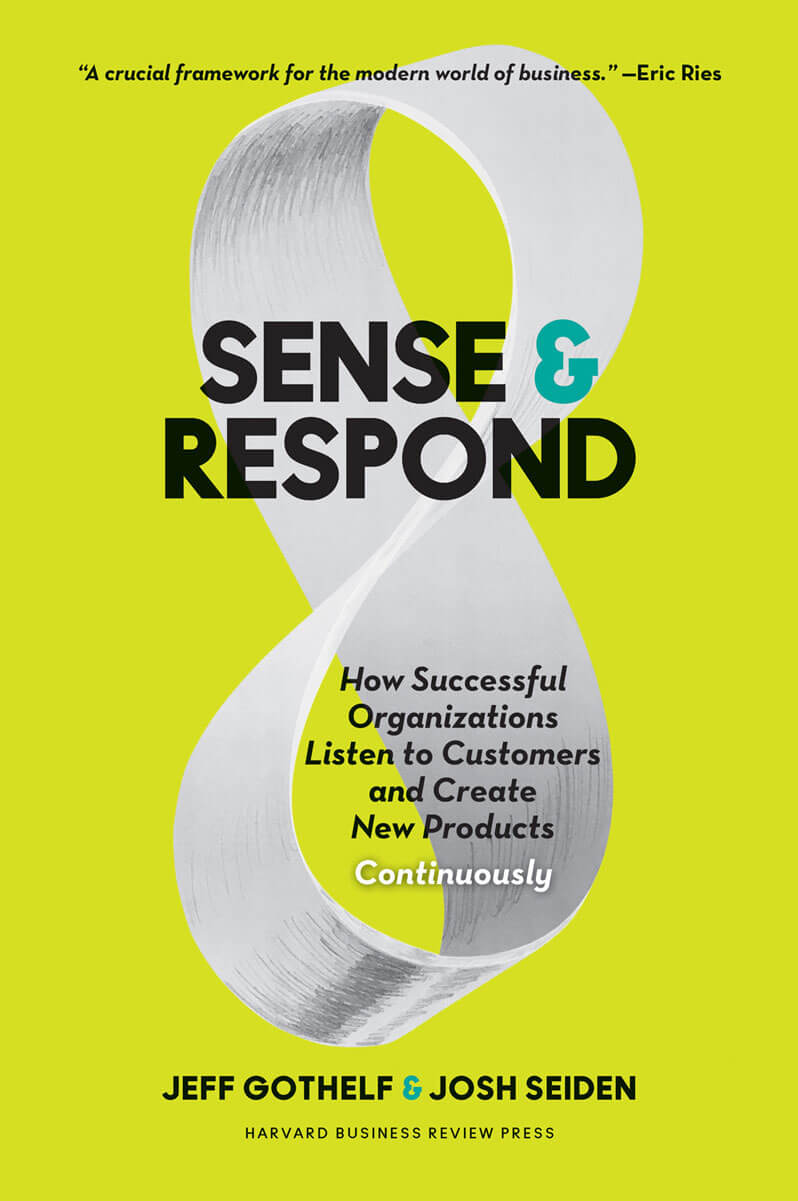
As I’ve written about extensively, Objectives and Key Results work best when they focus on changing human behavior. As the popularity of this method skyrockets, teams are working to integrate OKR with the other methods they use regularly. One of those integration challenges comes with Jobs To Be Done (JTBD). This framework, popularized by the late Dr. Clayton Christensen (among others) and written about recently by Jim Kalbach in his fantastic book, asks teams to develop a deep empathy for their customers through observation, research, interviews and data to understand what “job” these customers are trying to accomplish in a given scenario and what products they “hire” to get it done.
Perhaps one of the more iconic examples of JTBD comes from Dr. Christensen himself in this video where he describes a company (since revealed as McDonald’s) trying to understand why customers were buying milkshakes for breakfast. The team observed who was buying the milkshakes, when they were buying it, who they were with and how often it was happening. They spoke with these same customers to understand what “job” the milkshake was being hired for and what other products were competing for that same job.
It turned out that these customers had long commutes, wanted to fend off boredom and didn’t want to be hungry too soon after arriving at work. Milkshakes did the job better than other products like bananas, candy bars and bagels. (There’s more to the story and I encourage you to watch the entire video. It’s great.) Once they understood the job to be done, the company could now adjust its product strategy to ensure their customers continue to hire them for this job.
What the JTBD methodology revealed in this case is motivation and the end goal for the customer. Purchasing milkshakes is the observable human behavior in this case — the outcome. In OKR language, this is the key result. Now, the question becomes whether or not this is a desirable outcome. Do we want our customers buying milkshakes for breakfast every day? In all likelihood, the answer is no. Given enough time and milkshakes our target audience will end up unhealthy and unable or unwilling to continue this purchase pattern.
Now that the company understood the job to be done though they could begin to hypothesize new solutions for it. Each new attempt to provide a product customers wanted to hire more than milkshakes was an experiment. The measure of the experiment’s success is customer behavior — again, the outcome or key result.
Jobs To Be Done helps teams understand why a certain behavior is taking place and how current products are being perceived against other options available to the customer to achieve a goal. Objectives and Key Results provide the framework to determine whether or not the product strategy that emerges from that research is correct and whether the products we continue to provide the market achieve that strategy.
Here’s how to put it all together:
JTBD: Give me something to do on my commute and make sure I’m not hungry until lunchtime.
Objective: Become the go-to destination for a healthy breakfast for commuters by the end of 2021
Key Result: 80% of breakfast purchases are for our “healthy” to-go items
Key Result: 90% of milkshake purchases shift to later meals
Key Result: 50% increase in average breakfast order value
JTBD and OKR together provide context, motivation and success criteria. They allow teams to build a deep understanding of why current behavior is taking place, what could potentially shift it in other directions and a baseline from which to measure those behavior changes. Together they form a powerful combination of techniques that gives teams a head start on understanding their customer and putting that information into the product strategy conversation much sooner.
One thing that neither JTBD nor OKR provide is a solution. That’s the fun part of product development — coming up with the right combination of products, service, value proposition, pricing model, business model, marketing plan, etc that satisfies the job to be done. What these techniques do offer is a clear sense of where to focus and whether or not your team got the product right.
Want more? I created a self-paced, video course on Obejctives & Key Results that walk you through the entire process of how, why and what good OKRs look like. Learn more and reserve your seat here.






3 responses to “Do OKRs work with Jobs to Be Done?”
How and why are you selecting those arbitrary percentage values?
And indeed the arbitrary three measures?
You need a target, an actual quantifiable goal. You choose the percentages based on what is meaningful to your team and to your business. It should be compelling enough to do the work. If you don’t know or don’t have the data to determine what “meaningful” is to the business, take a guess, do the work and then assess if it was worth in the long run. You will gain the data you need to choose better targets in the next cycle.
The team works together to determine what behaviors they believe indicate success. Then, they discuss what level of change (percentage) would determine “done.” In other words, when will we know to move on to the next challenge? These are assumptions but they are based on what the team knows about their business and their goals. As they start to work they may find that these assumptions were wrong. Maybe the target was too high (or too low) or maybe they were expecting to see a behavior that didn’t actually happen. At that point, the key results can be adjusted based on that evidence the team has collected.